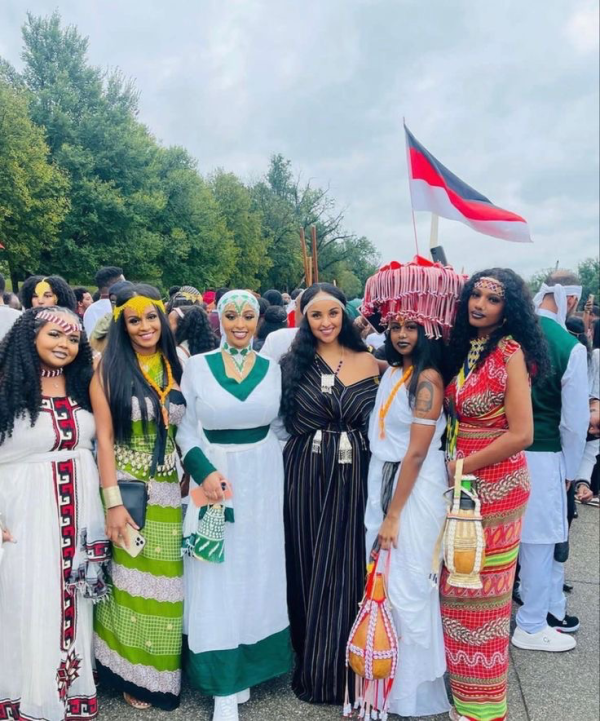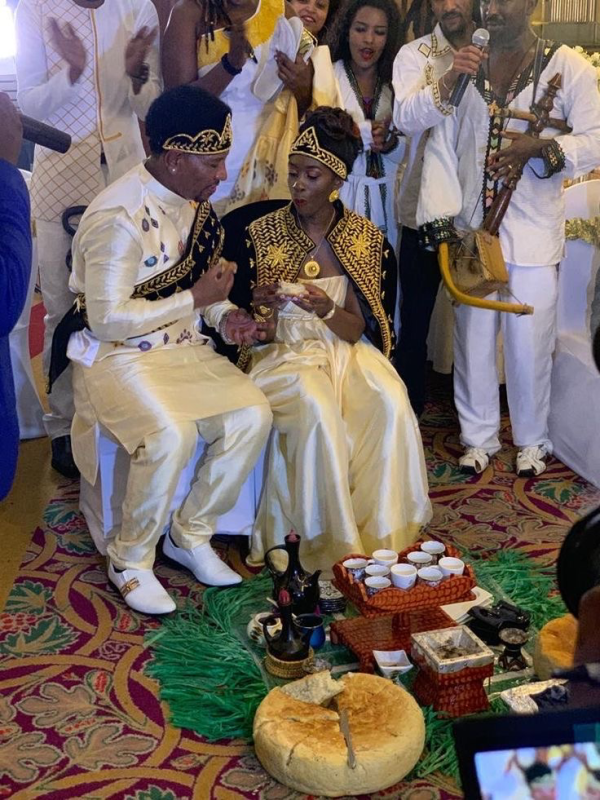Ethiopian Traditional Attire: Rich in History and Heritage
Ethiopian traditional attire is deeply rooted in the country’s history, culture, and diverse ethnic groups.

Ethiopia is home to numerous ethnic groups, each with its own distinct traditions and styles of clothing. This diversity is reflected in the variety of traditional attire seen throughout the country. From the intricate garments of the Amhara and Tigray peoples to the brightly colored fabrics of the Oromo and the elaborate beadwork of the Afar, each ethnic group has its own unique style.

Traditional Ethiopian attire is often made from locally sourced materials such as cotton, silk, and hand-woven fabrics. These materials are not only practical but also hold cultural significance. For example, hand-woven fabrics are often used to create intricate patterns and designs that are specific to certain regions or communities.
Ethiopian traditional attire is known for its vibrant colors and intricate designs. These designs often incorporate geometric patterns, floral motifs, and symbols that hold cultural meaning. For example, certain patterns may represent fertility, protection, or spiritual beliefs. The colors used in traditional attire can also convey specific messages or denote social status.

Many elements of Ethiopian traditional attire hold deep cultural and symbolic meaning. For example, the way a shawl is draped or the style of a headscarf can signify a person’s marital status, age, or social standing. Additionally, certain garments may be worn during religious ceremonies or festivals to honor specific traditions or beliefs.

Ethiopian traditional attire is often passed down through generations, with mothers teaching their daughters how to weave, sew, and adorn themselves in traditional clothing. This intergenerational transmission of knowledge helps to preserve cultural traditions and ensures that traditional attire remains an integral part of Ethiopian identity.
Wearing traditional attire is not just about clothing oneself; it’s also a way to celebrate and honor one’s heritage. Whether worn during weddings, religious ceremonies, or cultural festivals, traditional attire serves as a visual reminder of Ethiopia’s rich history and cultural diversity.
Ethiopian traditional attire is much more than just clothing—it’s a tangible expression of cultural identity, heritage, and pride that reflects the country’s rich history and diverse ethnic tapestry
